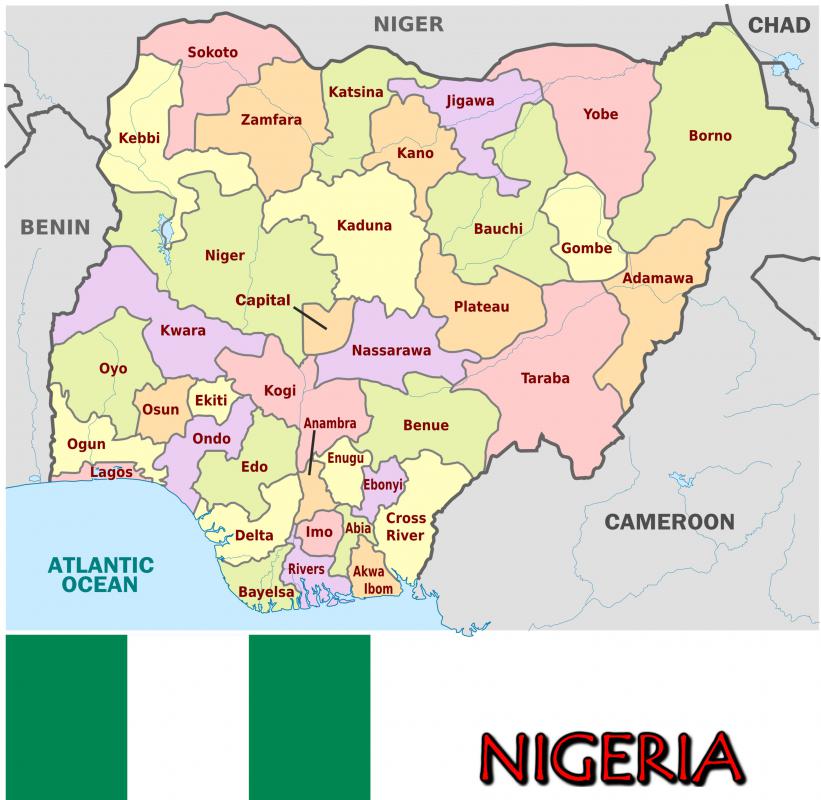At AllThingsNature, we're committed to delivering accurate, trustworthy information. Our expert-authored content is rigorously fact-checked and sourced from credible authorities. Discover how we uphold the highest standards in providing you with reliable knowledge.
What is Bulbophyllum?
Bulbophyllum is the largest genus of orchids, and the third largest of all plant genera. It boasts over 1,800 species, though the genus is not uniformly documented, as many species have numerous synonyms. About 120 subgenera or sections have been postulated, and new species are discovered every year. Bulbophyllum species grow throughout the tropical world, but the center of diversity is in Papua New Guinea, home to over 600 Bulbophyllum species. Two Australian species formerly classified as Bulbophyllum became the two only members of the Oncophyllum genus, O. globuliforme and O. minutissimum, in 1961.
There is immense variety within Bulbophyllum. Plants belonging to the genus all have a type of storage structure between the leaves called a pseudobulb, with a single node. The flowers grow from the base of the pseudobulb and feature a mobile labellum or lip, a specialized structure among orchids that serves to attract insect pollinators and offer them a place to land.

Orchids in this genus may be succulents, creepers, or tall plants with stiff stems. Some species grow on other plants or on rock. Most species feature flowers with a smell of rotting meat to attract insect pollinators, often blowflies or carrion beetles. The color, size, and shape of the flowers also show great variety. Some Bulbophyllum flowers are hairy or rough to the touch.

B. beccarii, which grows in the rain forests of Borneo, forms large, cup-shaped leaves around the trunks of trees, which the plant uses to catch debris and convert it into fertilizer. B. medusae, or Medusa's Bulbophyllum, grows in Thailand and Borneo and features white flowers with numerous snake-like sepals, reminiscent of the hair of Medusa of Greek myth. The rare B. fletcherianum of Papua New Guinea, also called the Tongue Orchid, is one of the largest orchids in the world, with leaves reaching six feet (1.8 meters) in length.
Many Bulbophyllum species are rare or endangered. B. bifarium and B. jaapii, two vulnerable species, as well as the endangered B. modicum, are endemic to Cameroon. B. gravidum, growing in Cameroon and Equatorial Guinea, and B. bifarium, growing in Cameroon and Nigeria, are also vulnerable, while the endangered species B. pandanetorum grows in Cameroon and Gabon. B. rubrolabellum and B. tokioi are two endangered species native to Taiwan. The two critically endangered species, B. filiforme and B. kupense, both grow in Cameroon, with the former additionally growing in Nigeria.
Frequently Asked Questions
What is Bulbophyllum and where can it be found?
Bulbophyllum is a diverse genus of orchids, known for its unique and often bizarre-looking flowers. It's the largest genus in the orchid family, with over 2,000 species spread across tropical regions, particularly in Southeast Asia, Africa, and Latin America. These orchids thrive in various habitats, from rainforests to mountainous areas.
How do Bulbophyllum orchids differ from other orchid species?
Bulbophyllum orchids are distinct in their often peculiar and intricate flower structures, which can include hinged lips that move in response to touch. They have a reputation for their unusual pollination strategies, sometimes involving mimicry or attracting flies with foul odors. Their growth habit also varies, with some species being epiphytic, growing on trees, while others are lithophytic, growing on rocks.
What are the most notable characteristics of Bulbophyllum flowers?
Bulbophyllum flowers are notable for their diverse forms and sizes, ranging from tiny, almost microscopic blooms to large, showy flowers. They often have a complex structure, with sepals and petals that can be dramatically elongated or contorted. Many species emit strong scents, which can be pleasant or unpleasant, to attract specific pollinators.
Can Bulbophyllum orchids be grown at home, and if so, what care do they require?
Yes, Bulbophyllum orchids can be grown at home by enthusiasts. They generally require warm temperatures, high humidity, and good air circulation. It's important to mimic their natural environment, which often means providing dappled light and regular watering, but allowing for proper drainage to prevent root rot. Some species may have more specific care requirements due to their diverse habitats.
What role do Bulbophyllum orchids play in their ecosystems?
Bulbophyllum orchids play a crucial role in their ecosystems as part of the complex web of plant-pollinator interactions. They often form symbiotic relationships with specific insects, which are attracted to the orchids' unique flower structures and scents. This specialization helps maintain biodiversity and ensures the survival of both the orchids and their pollinator species.
Are Bulbophyllum orchids endangered, and what conservation efforts are in place?
Some Bulbophyllum species are indeed endangered due to habitat loss, over-collection, and climate change. Conservation efforts include habitat protection, cultivation in botanical gardens, and seed banking. Organizations like the International Union for Conservation of Nature (IUCN) monitor and assess the conservation status of plant species, including various Bulbophyllum, to guide these efforts.
AS FEATURED ON:
AS FEATURED ON:












Discuss this Article
Post your comments